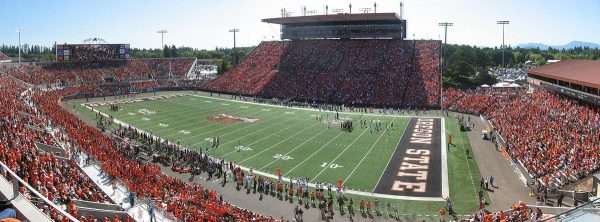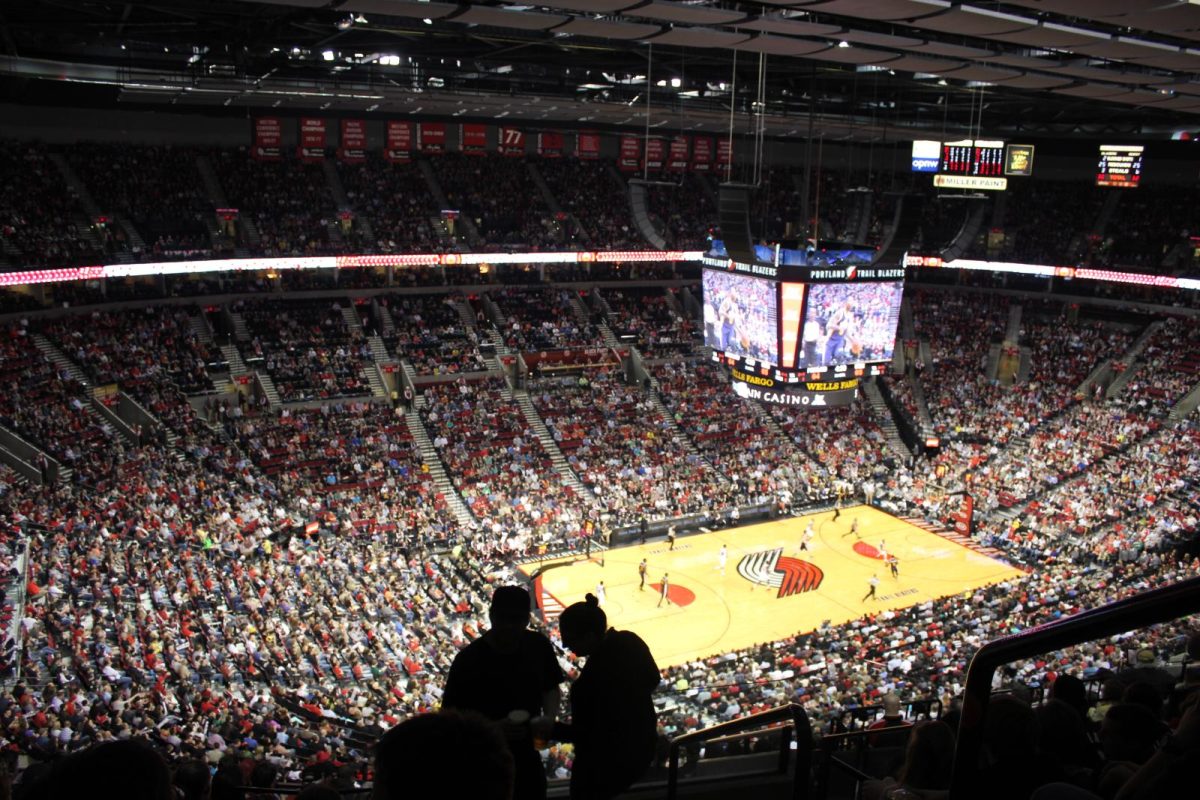
The Pac-12 is one of the most important collegiate athletics divisions in the country. As one of the “Power Five” conferences (the ACC, Big Ten, Big 12, the SEC, and the Pac-12), the Pac-12 brings in huge amounts of money for college football, and features teams such as Stanford, UCLA, USC, and other schools with high enrollment and large groups of supporters. Because these schools are so popular, they have a lot of influence and importance in the Pac-12 and contribute heavily to the popularity of the conference.
Starting in 2020, many NCAA football teams realigned with other conferences, and the Pac-12 was no exception. Looking for better, more profitable TV deals, USC and UCLA announced their departure from the Pac-12, joining the Big 10 starting in the 2024 season. Soon after, a domino effect of teams leaving ensued. The University of Colorado was next, following the patterns of other schools and moving to the Big 12 starting in 2024. Then, University of Oregon and University of Washington followed USC and UCLA to the Big 10. Arizona, Arizona State, and Utah joined Colorado in the Big 12, and finally, the California Golden Bears and Stanford were voted into the ACC, leaving the Pac-12 with just two teams: Oregon State and Washington State.
So why didn’t the Beavers and the Cougars switch conferences? They were confident that they could rebuild the Pac-12 before more teams left. Retaining the rivalries between University of Oregon vs. Oregon State and University of Washington vs. Washington State is important because they have a lot of history in college sports and bring in a lot of viewership for both teams. Without the teams being in the same conference, it becomes harder to make these rivalry matchups happen every year.
An additional struggle for the Beavers is that conferences are generally centered around a certain area, and the Pac-12 was ideal for them because all of the teams were accessible by bus or a short plane flight. However, travel costs sharply increase if the Beavers start playing more games against East Coast teams. The extended travel distances also negatively affect players because they have to spend more time away from home and school, resulting in more time on planes.
These changes come at a tough time for the Beavers, as they recently completed the demolition/renovation of their stadium, Reser Stadium, with the cost breaking $150 million. Despite covering over $100 million with donations, at least $40 million in bonds were taken out. The income drop from the breakup of the Pac-12 could possibly prove risky for the Beavers but is unlikely to be particularly harmful.
The future of the Beavers is still yet to be decided. One possibility is that they join the Mountain West, a neighboring conference. However, the Mountain West is not a Power Five conference, leaving the competition a bit weaker and the team would bring in less money. Another option would be to try to bring in new teams to the Pac-12. The name recognition with the Pac-12 is strong, and other teams would be interested in being part of a Power Five conference.
Regardless, the Beavers have a large fanbase, and their season has gone well so far. They’re currently ranked 14th in the nation. They’ve beaten their first three opponents confidently, and a close game with Washington State resulted in a 35-38 loss.








